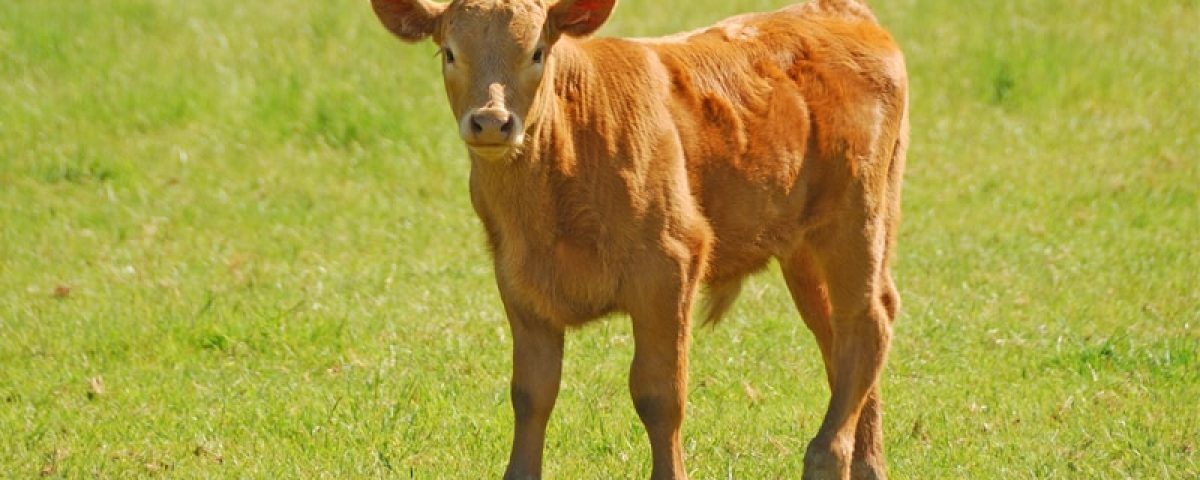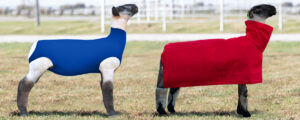Calf diarrhea (scours) is not only deadly, but it’s incredibly costly. Calf scours is the leading cause of death among calves under 30 days of age. This deadly disorder is the cause of more financial losses to cow-calf producers than any other health condition. Here is what you need to know about calf scours, including steps that you can take to prevent this costly condition from affecting your herd.
What is Calf Scours?
Calf scours isn’t a single disease. Rather it is a symptom associated with a variety of diseases that are characterized by diarrhea. When diarrhea affects a calf, the body can’t absorb fluid from the intestines, and other bodily fluids pass from the calf’s body into the intestines. When a calf is born, they are approximately 70 percent water, so they quickly begin losing fluids and can rapidly become dehydrated. A scouring calf can die due to dehydration, loss of electrolytes, and acidosis.
What Causes Calf Scours?
The causes of calf scours vary between noninfectious causes and infectious causes. Noninfectious causes of calf scours are sometimes referred to as “contributing” or “predisposing” factors, any of which could lead to infection.
The noninfectious causes of calf scours include:
- Shortcomings in nutrition. This refers to the nutrition of the pregnant dam. The dam needs to have adequate protein as well as vitamins E and A.
- Inadequate environment. When a newborn calf is confined to a crowded, muddy, or contaminated area, this increases the risk of scouring.
- Insufficient attention given to newborn Calves are born lacking the antibodies that allow them to fight scouring. They receive these by nursing colostrum and must begin nursing before it is four hours old.
There are a number of infectious causes of calf scours that include bacterial, parasitic, mold and viral causes. These include:
- Escherichia Coli
- Clostridium perfringens
- Salmonella spp.
- Rotavirus
- BVD virus
- Coronavirus
- IBR virus
- Coccidia
- Cryptosporidium
- Yeasts and molds
How You Can Diagnose Calf Scours
You can only effectively treat calf scours if it is diagnosed in its earliest stages. If you can detect scouring while oral fluid replacement is still possible, there is a chance to reverse the damage. Common signs of scours include watery stools, weak and sluggish calves, disoriented calves, and calves with sunken eyes.
Early fluid loss is defined as a calf that is losing less than 5% of its body weight. When the calf is standing, check their eyes for moistness. Their oral membranes should still be moist. Their skin around the neck area should “tent” for 4 seconds or less. Moderate fluid loss (7% body weight loss) is characterized by cold limbs, slightly sunken eyes, and skin that tents for 5 seconds.
How to Effectively Treat Calf Scours
To treat calf scours, you will need to replace fluids with electrolyte feedings. For early fluid loss, leave the calf on milk and add two electrolyte feedings per day of several quarts each. For moderate fluid loss, a calf needs to be moved to a warm area for monitoring. They also need a stomach tube that will provide a warm high-energy electrolyte solution.
How to Prevent Calf Scours
It’s difficult if not impossible to prevent the infectious causes of calf scours. The most effective means of prevention lie in keeping the noninfectious causes at bay. The prevention items that will have the greatest impact include:
- The pregnant female should have a proper diet that is adjusted for climate and growth.
- Severe outbreaks of calf scours often occur in inclement “wet” weather, so it’s important to provide dry, warm, and clean conditions for a newborn calf.
- Colostrum feeding and management is one of the best ways to prevent calf scours. Calves must receive one to two quarts of colostrum immediately after birth as disease protection.
Diagnosing, treating, and preventing calf scours may seem overwhelming to any producer. The key is to take simple measures to prevent the noninfectious causes of these conditions so that the more serious issues won’t affect your herd.




